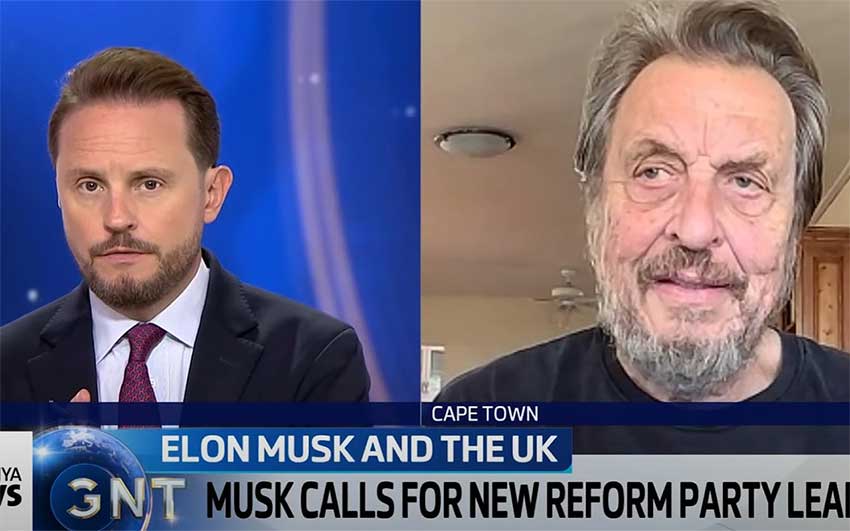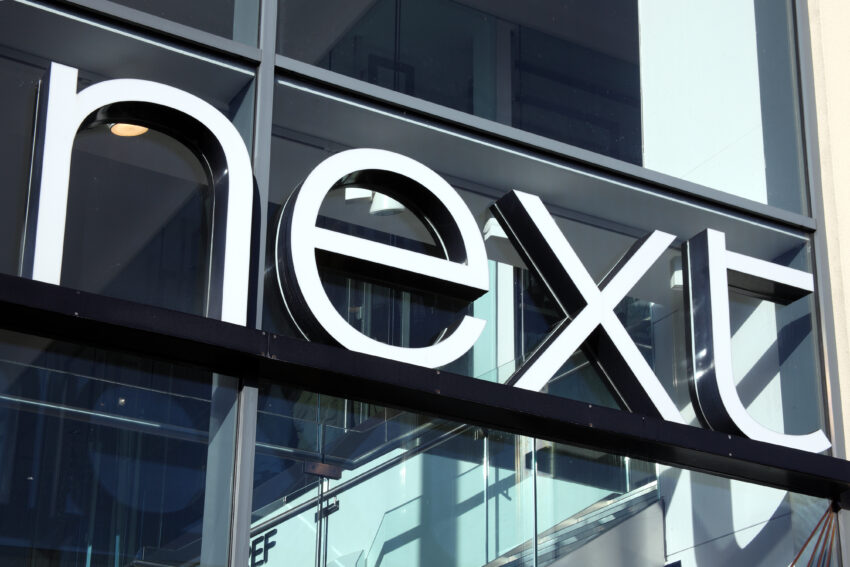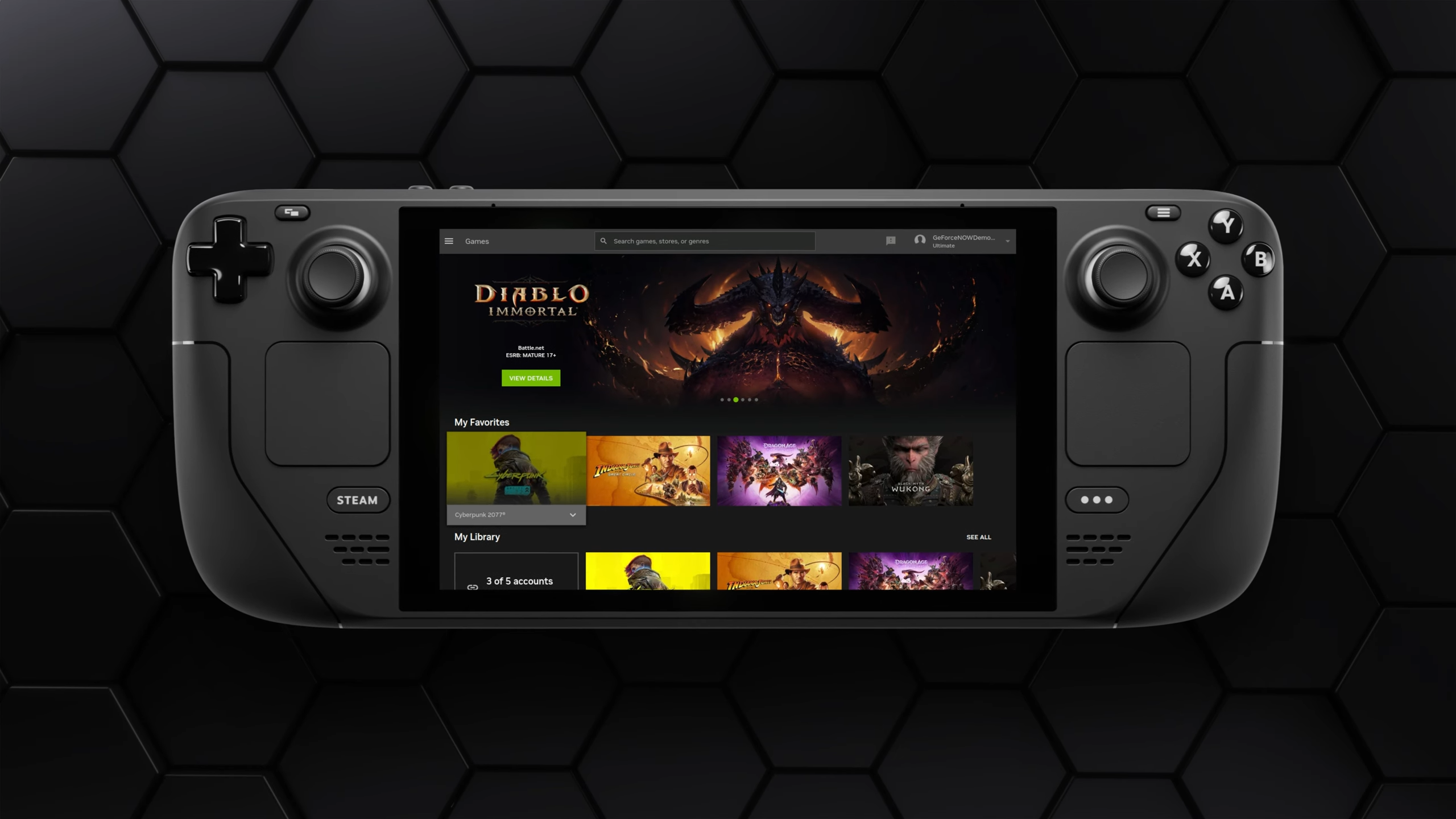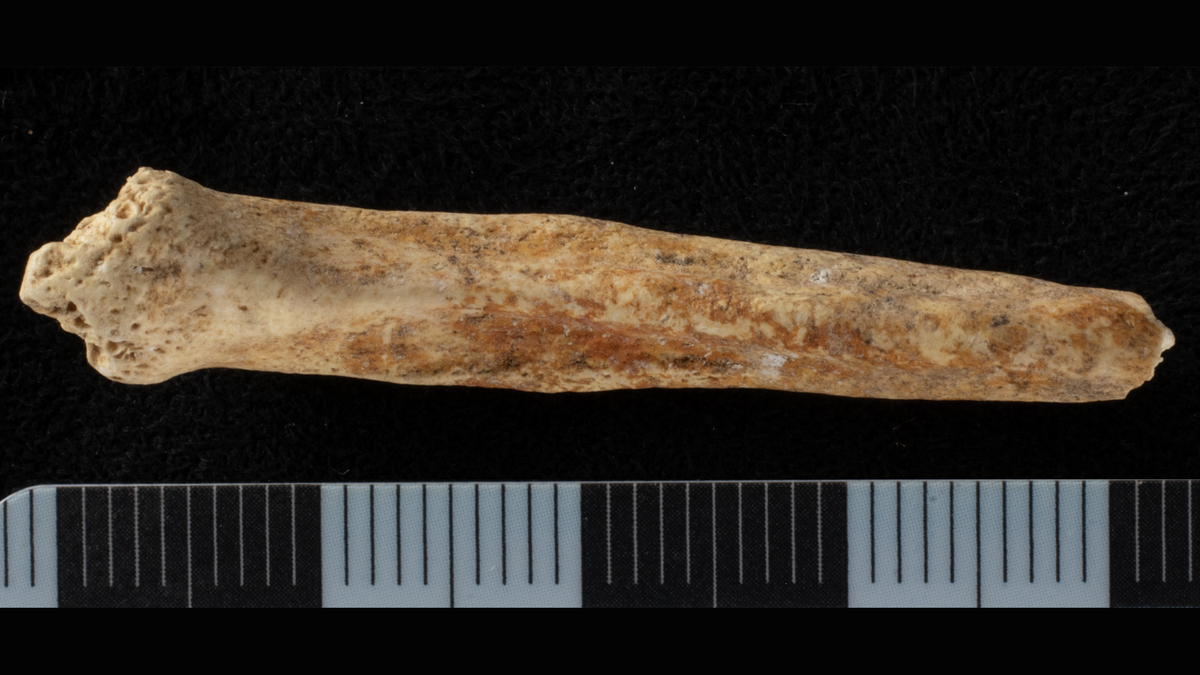By Brontë H. Lacsamana, Reporter
Concert Review
Best of Fujii Kaze 2020-2024
Dec. 10
Mall of Asia Arena
 THE popularity of Fujii Kaze shows that Japanese music — besides that of animé and pop idol groups — has found a place in other countries. A 27-year-old singer-songwriter and pianist known for catchy hooks and R&B and jazz inflections, Mr. Fujii reached global fame when his 2020 song “Shinunoga E-Wa” went viral on TikTok early last year.
THE popularity of Fujii Kaze shows that Japanese music — besides that of animé and pop idol groups — has found a place in other countries. A 27-year-old singer-songwriter and pianist known for catchy hooks and R&B and jazz inflections, Mr. Fujii reached global fame when his 2020 song “Shinunoga E-Wa” went viral on TikTok early last year.
Aside from this seemingly lucky break, the rest of his music spoke for itself. Singles like “Kirari” from 2021 and the more recent “Michiteyuku” have charted on Billboard’s Global Top 200.
It is in this context that the Best of Fujii Kaze 2020-2024 Asia Tour came about, consisting of performances in arenas and stadiums in eight Asian cities: Singapore, Kuala Lumpur, Bangkok, Taipei, Jakarta, Hong Kong, Manila, and Seoul.
The Manila leg, being the penultimate one, was held at the Mall of Asia Arena, which has a seating capacity of 15,000. On Dec. 10, a random Tuesday night, a decently sized crowd filled the venue — not to the brim, but enough to say that there is an audience for J-pop in the Philippines.
GETTING IN THE GROOVE
For this tour, Fujii Kaze was joined by Japanese R&B artist TAIKING on guitar, Kobayashi Naoki on bass, Sabi Norihide on drums, and Japanese music producer Yaffle on keyboards. Respected musicians in their own right back in Japan, their combined talent truly elevated Mr. Fujii’s concert.
He started off with songs from his 2020 album HELP EVER HURT NEVER, which was great for this writer. Being familiar with that album thanks to an extreme J-pop phase during the COVID-19 pandemic, all those songs felt as comforting as they were back in that uncertain time in life.
“Yasashisa (Kindness)” saw Mr. Fujii singing the heartfelt song with a strong voice, his hood over his head concealing his face.
Then, he sat down for the groovy “Nan-Nan (What Is It?),” a song that made waves in Japan during its release in 2019 for being sung in the artist’s native Okayama dialect. This song was my introduction to Fujii Kaze, so it is a favorite, and it’s a tune that’s impossible not to dance to. An awesome moment was his smooth piano playing and transition to the next song, “Mo-Eh-Wa (It’s Enough),” which also has an infectious rhythm.
Mr. Fujii’s dance moves emerged in “Kiri Ga Naikara (Because It’s Endless),” with a grittier yet still groovy feel. From then on, with back-up dancers blending well with the performances and the stage lighting bathing the arena in deep colors (red for “Hedemo Ne-Yo” and blue for “Seishun Sick,” for example), the atmosphere of the entire show really shifted to match each song.
Perhaps the highlight of the choreography was during “Hana (Flower),” with Mr. Fujii and his backup dancers coming out in floral colors and hyping up the crowd for the lighthearted tune. The stage lighting was beautiful here, giving off a rainbow of its own as well.
“Garden” brought out the enthusiasm of the Kazetarians (the term for Fujii Kaze’s fanbase). Before the concert, core members of their group roamed the stands and the floor below, giving out green stickers to audience members. They explained that by placing the sticker over their phone’s flashlight, the phone would emit a bright green light during the song.
When “Garden” started playing, most of the arena was filled with the green lights from the crowd’s phones, essentially making the venue look like a garden. The stunt was a success and a touching sight to behold.
Another high point in terms of choreography was “Workin’ Hard,” which had really intense bass drops and dance breaks that Mr. Fujii and his dancers did with such energy. Perhaps the only thing that would have made it better would be to not have the music video playing behind it, because the video’s goofy tone — with Fujii Kaze dancing with cleaning equipment — didn’t match the intensity of what was going on onstage.
Vocally, “Kirari” and “Tabiji (Journey)” were pleasant to listen to, the audience clapping along in parts as Mr. Fujii rode on the rhythm of the songs and hit his high notes. But his steady playing on the piano during “Michiteyuku (Overflowing)” as the lights turned a starlit blue and filled the arena with a wondrous vibe, was easily a crowd favorite.
FOR FILIPINOS
Fujii Kaze’s hit “Shinunoga E-Wa (I’d Rather Die)” began with a memorable introduction — he played the notes to Whitney Houston’s “I Have Nothing,” a popular karaoke tune among Filipinos — and sure enough, the crowd erupted in song. Launching into the hit, the audience was charmed, many standing up by this point to sway to the music.
“Matsuri (Festival)” closed the concert — but it was also not straightforward. In previous stops in the tour, keyboardist Yaffle would start with a classic or traditional song from the country they were performing in before segueing to Fujii Kaze’s song. For the Philippine leg, the chosen song was “Manila” by Hotdog, causing fans to again sing along or cheer.
The theatrics of “Matsuri (Festival),” with the other performers onstage giving the song the bravado it is known for, made it a highlight. The show concluded triumphantly, the arena filled with the clapping and screaming of fans.
Of course, there was an encore — but it turns out that Manila was only the second city he graced with one, the first being Jakarta (perhaps fans from other countries lacked Filipinos’ and Indonesians’ energy). He serenaded the audience with an acapella version of “Sayonara Baby,” getting carried away in his ad libs towards the end as the crowd went wild.
The Filipinos that night had infectious enthusiasm. Those familiar with various fanbases can trace a crossover of sorts with K-pop, since Fujii Kaze has a handsome image, with music that lies squarely in pop and ranges from emotional to upbeat, not to mention the TikTok virality. There was also fan merch sold at the arena, like stickers and headbands with the artist’s face.
Notably, there were a lot of foreigners at the concert. The main group were Japanese nationals, who flew from their home to see what Mr. Fujii’s show is like elsewhere. But there were also a lot of audience members from different parts of the world, ranging from the United States to Africa to nearby Asian countries.
While not as explosively profitable among Filipinos as Korean Hallyu or big-name Western artists, music tourism centered on Japanese musicians does have a place in the Philippines every now and then, and Fujii Kaze’s concert was proof of it.








Leave a Comment